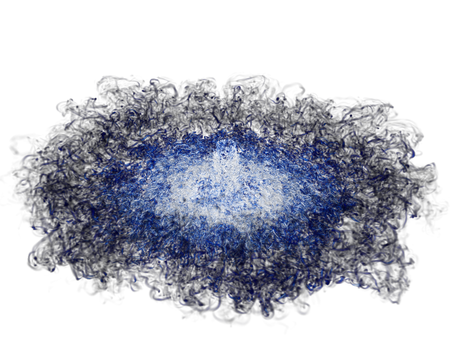In collaboration with researchers at Sandia, Kitware developers have made significant performance improvements to volume rendering for large-scale applications. First, Kitware significantly improved unstructured-grid volume rendering. In a volume-rendering example for turbulent flow with 100 million cells on 320 ranks on a Sandia cluster, the volume rendered in 8 seconds using the new method, 122 seconds for the old method, making unstructured-grid visualization a viable in-situ option for applications. Second, Kitware created a new “resample-to-image” filter that uses adaptive-mesh refinement to calculate and resample the image to the smaller mesh with minimal visualization artifacts. The new filter reduces the amount of data required for visualization and provides a potential performance improvement (more testing is needed). These improvements were driven by Sandia researchers for the NNSA Advanced Simulation and Computing program in support of the P&EM, V&V, and ATDM ASC sub-elements as part of a Large-Scale Calculation Initiative (LSCI) project. Kitware funding was provided through a contract with the ASC/CSSE sub-element.

November 1, 2020